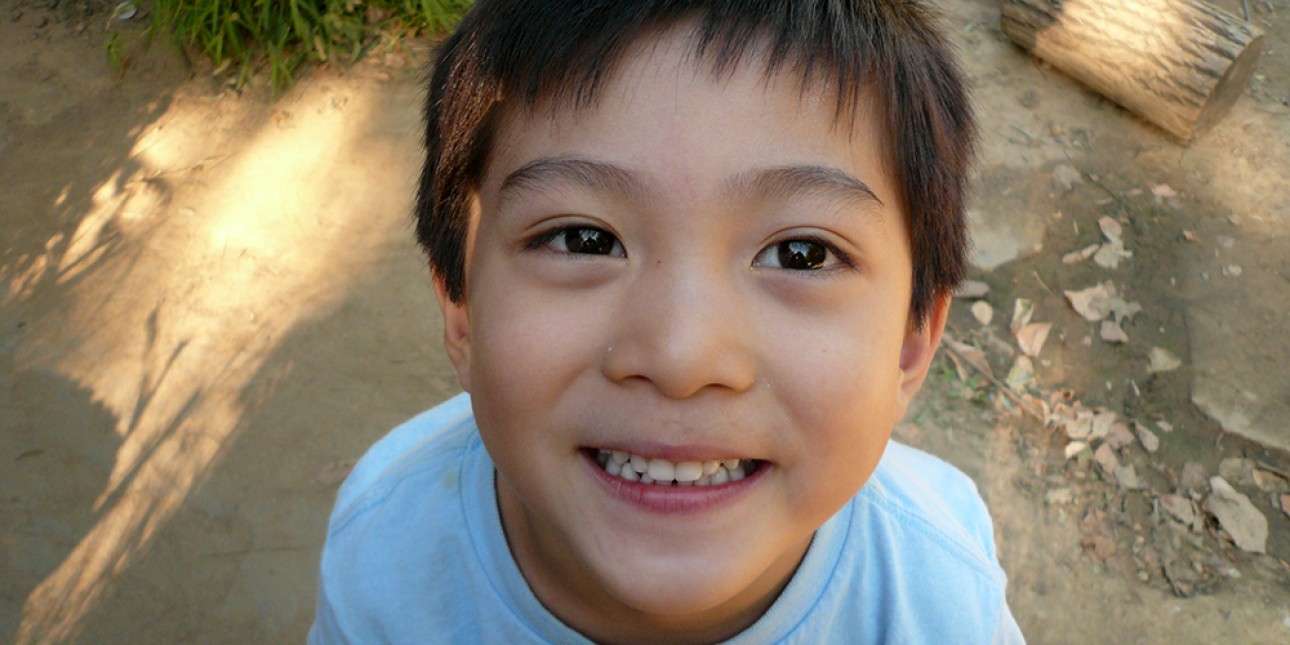In the Classroom: The Roadrunners

Why set limits?
As parents and caregivers, we see places where our children struggle and we want to give them a helping hand to move forward. One of the most effective tools to help a child who has gotten stuck in a particular spot is by setting a limit.
When an adult sets a firm, loving limit, and makes room for the child to have big upset feelings, it allows the child to move past their feelings and think more clearly again.
Things will go even better if you can “vigorously snuggle” your child while they are upset and continue to offer loving contact while they are getting their big bad feelings out.
When a child resists stopping a behavior, like throwing toys, or refuses to do as we ask, like take a bath for example, it can be hard to figure out how to respond.
A child who is upset has a hard time accessing their prefrontal cortex, meaning they can’t think clearly. When we ask a child to name their feelings and talk about what’s going on, it helps them get back to their thinking brain. It won’t, however, heal the underlying bad feelings that got triggered.
If we set a limit where we clearly, lovingly state what needs to happen – “It’s time to take the bath,” or “I can’t let you throw blocks” – and continue to hold that message out to the child, the child will show us how upsetting it is to hear the limit. They might cry, scream, or show their upset in other ways, even as we make physical contact to remind the child that we love them and are connected to them.
This outburst of feelings, while it’s difficult for us to listen to, is the healing process that will help the child be more relaxed and easygoing in the future. When we set a limit, allow the child time to have their feelings, and offer close contact, our children become more flexible, reasonable and joyful.
Classrooms